- No products in the cart.
Raneksa Tab n / a film about prolong. 1000mg 60 pieces
$89.20
Raneksa Tab n / a film about prolong. 1000mg 60 pieces
SKU: 01502793311 Categories: Heart and blood vessels, IHD, angina pectoris, Medicaments Tags: Berlin Chemie, ranolazine
Description
Composition
Active substance:
1 tablet of 500 mg contains: ranolazine – 500.0 mg.
1000 mg 1 tablet contains: ranolazine – 1000.0 mg.
Excipients:
1 tablet contains 500 mg: microcrystalline cellulose – 70.67 mg methacrylic acid-ethyl acrylate copolymer (1: 1) – 66.67 mg Hypromellose – 13.33 mg magnesium stearate -13.33 mg Sodium hydroxide – 2,667 mg ;
Coating: Opadry II Orange 85F93265 [Macrogol 3350 – 4.04 mg, polyvinyl alcohol, partially hydrolyzed – 8.00 mg talc – 2.96 mg titanium dioxide – 4.86 mg Iron oxide yellow dye (E 172) – 0.118 mg iron oxide red dye (E 172) – 0.022 mg carnauba wax (trace)].
1 tablet contains 1000 mg: microcrystalline cellulose – 141.34 mg methacrylic acid-ethyl acrylate copolymer (1: 1) – 133.34 mg Hypromellose – 26.66 mg magnesium stearate -26.66 mg Sodium hydroxide – 5,334 mg ;
Coating: Opadry II yellow 33G92144 [Triacetin – 2.40 mg hypromellose 6sR – 16.00 mg lactose monohydrate – 8.40 mg macrogol 3350 – 3.20 mg titanium dioxide – 9.19 mg iron oxide yellow dye (E 172) – 0.81 mg, carnauba wax (trace)].
Description:
500 mg Tablets
Film-coated tablets, lenticular, oval, light – orange embossed “500” or «GSI 500″ on one side.
1000mg Tablets
Film-coated tablets, lenticular, oval, pale – yellow embossed “1000” or «GSI 1000″ on one side.
Product form:
Prolonged action tablets film-coated, 500 mg.
10, 15 or 20 tablets in blisters (blister) made of PVC / PVDC / Aluminum foil.
3, 6, 10 of the blisters 10 or two tablets of 15 tablets blister or blisters 3.5 to 20 tablets with instructions for use in a cardboard package.
Prolonged action tablets film-coated 1000 mg.
At 10 or 15 tablets in blisters (blister) made of PVC / PVDC / Aluminum foil.
3, 6, 10 blisters 10 tablets of 2.4 or blisters of 15 tablets with instructions for use in a cardboard package.
Contraindications
Hypersensitivity to the active agent or any of the excipients (. See Composition); lactase deficiency, hereditary lactose intolerance, glucose-galactose malabsorption syndrome (only for the 1000 mg); severe renal failure (creatinine clearance
Precautions hepatic failure mild (5-6 points on the Child-Pugh); renal failure mild or moderate severity (creatinine clearance of 30-80 ml / min); age over 65 years; patient body weight less than 60 kg; Chronic heart failure (III-IV NYHA functional class classifying); syndrome of congenital QT interval elongate history, family history; diagnosed acquired lengthening the interval QT; failure isozyme CYP2D6; simultaneous application of moderate inhibitors isoenzyme CYP3A4 (diltiazem, fluconazole, erythromycin); simultaneous application isoenzyme inducers of CYP3A4 (rifampicin, phenytoin, phenobarbital, carbamazepine, St. John’s wort (Hypericum perforatum)); simultaneous application with inhibitors of P-gp (P-glycoprotein) (verapamil, cyclosporin).
Patients with a combination of several of the above conditions may increase ranolazine actions, including It increases the risk of side effects. In that case requires regular monitoring of the condition for early detection of side effects, when necessary, may require dose reduction or withdrawal of the drug.
Dosage
1000 mg
Indications
Stable angina.
Interaction with other drugs
Ranolazine is a substrate of cytochrome CYP3A4. The simultaneous use of ranolazine with inhibitors of CYP3A4 isoenzyme increased concentration of ranolazine plasma. Probability of development of dose-related side effects (e.g., nausea, dizziness) may also increase with an increase in ranolazine plasma concentrations.
Simultaneous use is contraindicated:
Strong inhibitors of CYP3A4 isoenzyme
The simultaneous use of ranolazine and strong inhibitors isoenzyme CYP3A4 (e.g., itraconazole, ketoconazole, voriconazole, posaconazole, HIV protease inhibitors, clarithromycin, telithromycin, nefazodone) is contraindicated (see. The section “Contra ‘). Simultaneous treatment with ketoconazole 200 mg 2 times a day increases AUC ranolazine 3.0 – 3.9 times. Grapefruit juice is also a potent inhibitor of CYP3A4 isoenzyme.
The simultaneous use with caution:
Moderate inhibitors of CYP3A4 isoenzyme
Diltiazem (180-360 mg once daily), a moderate inhibitor of isozyme CYP3A4, causing a dose-dependent increase in average equilibrium concentration of ranolazine in 1,5-2,4 times.
For patients treated with diltiazem and other moderate inhibitors isoenzyme CYP3A4 (e.g., erythromycin, fluconazole) recommended dose titration ranolazine. It may require dose reduction of ranolazine.
Inducers of CYP3A4
Do not start receiving ranolazine patients receiving treatment isoenzyme inducers of CYP3A4 (rifampicin, phenytoin, phenobarbital, carbamazepine, St. John’s wort (Hypericum perforatum)). Since, e.g., rifampicin (600 mg once a day) reduces the equilibrium concentration in the blood plasma ranolazine of about 95%.
Inhibitors of CYP2D6 isoenzyme
Ranolazine partially metabolized isoenzyme CYP2D6. The simultaneous use of ranolazine with inhibitors of CYP2D6 isozyme may increase the ranolazine plasma concentrations. The simultaneous use of ranolazine 1000 mg 2 times a day with a potent inhibitor of CYP2D6 isozyme paroxetine 20 mg 1 time per day increases the average concentration of ranolazine plasma levels at steady state of about 1.2 times. correction dose is not required. The simultaneous use of ranolazine 500 mg 2 times a day and strong CYP2D6 isoenzyme inhibitor can lead to an increase in AUC of ranolazine of about 62%.
Inhibitors / substrates of P-gp (P-glycoprotein)
Ranolazine is a substrate of P-gp. Inhibitors of P-gp (e.g., cyclosporine, verapamil) increase the concentration of ranolazine in the blood plasma. Verapamil (120 mg three times a day) increases the equilibrium concentration of ranolazine 2.2 times. For patients treated with inhibitors of P gp, titration is recommended dose of ranolazine. It may require dose reduction of ranolazine. On the other hand, ranolazine is a moderate inhibitor of P gp and can increase the concentration of P gp substrates in plasma. Tissue distribution of drugs, which are transported via P gp, may be increased.
Substrates of CYP2D6 isoenzyme
There is evidence that ranolazine is a weak inhibitor of the isoenzyme CYP2D6. Receiving ranolazine 750 mg 2 times a day increases the concentration of metoprolol in the blood plasma in 1.8 times. Therefore, while the use of ranolazine, may potentiate metoprolol or other substrates isoenzyme CYP2D6 (e.g., flecainide, propafenone, and to a lesser extent, tricyclic antidepressants and neuroleptics), whereby the reduction may be required dose of these drugs.
Substrates of CYP2B6 isoenzyme
The potential for inhibition of CYP2B6 isoenzyme is not installed. During the destination together with the substrates isoenzyme CYP2B6 (for example, bupropion, efavirenz, cyclophosphamide) caution is recommended.
Digoxin
There is evidence of increase of digoxin concentrations in plasma on average 1.5 times, while the application of digoxin and ranolazine. Therefore, a control digoxin concentrations at the beginning and after the end of therapy with ranolazine.
Substaraty of CYP3A4
Ranolazine is a weak inhibitor of isozyme CYP3A4, which may lead to increased concentrations of substrates isoenzyme CYP3A4 in plasma and require dose adjustments sensitive substrates isoenzyme CYP3A4 (for example, simvastatin, lovastatin) and substrates isoenzyme CYP3A4 with a narrow therapeutic range (e.g., cyclosporine, tacrolimus, sirolimus , everolimus).
simvastatin
Metabolism and clearance simvastatin highly dependent isoenzyme CYP3A4. Receiving ranolazine 1000 mg 2 times a day increases the concentration of the simvastatin lactone and simvastatinovoy acid in the blood plasma at about 2 times. Simvastatin in high doses associated with the development of rhabdomyolysis, also have been described the cases of rhabdomyolysis while the use of ranolazine and simvastatin. The maximum dose of simvastatin for patients receiving simultaneously ranolazine, should not exceed 20 mg / day.
atorvastatin
The simultaneous use of ranolazine 1000 mg 2 times a day and atorvastatin 80 mg 1 time per day increases Cmax and AUC of atorvastatin in 1.4 and 1.3 times, respectively, Cmax and AUC atorvastatin metabolites vary by no more than 35%. With simultaneous use of ranolazine and atorvastatin may require dose reduction atorvastatin and conduct proper clinical control.
For other statins metabolized with the participation of isoenzyme CYP3A4 (lovastatin), you may need a dose adjustment.
Tacrolimus, cyclosporine, sirolimus, everolimus
The increase in the plasma concentration of tacrolimus substrate isoenzyme CYP3A4, was observed in patients on treatment with ranolazine. With simultaneous use of tacrolimus and ranolazine recommended monitoring of tacrolimus concentrations in blood plasma and, if necessary, to effect adjustments in dose. This approach is not recommended for other isoenzyme CYP3A4 substrates with a narrow therapeutic range (e.g., cyclosporine, sirolimus, everolimus).
Substrates organic cation transporter 2 (OST2)
With simultaneous use of ranolazine 500 mg and 1000 mg 2 times daily and metformin 1000 mg 2 times a day, metformin plasma concentration in patients with type 2 diabetes increases by 1.4 and 1.8 times respectively. May increase the plasma concentrations of other substrates OST2, including pindolol and varenicline, while the use of ranolazine.
Drugs prolonging the QTc interval
There is a theoretical possibility that, while the use of ranolazine and other drugs prolonging the QTc interval can be pharmacodynamic interaction and increase the risk of ventricular arrhythmias. Among such drugs include certain antihistamines (e.g., terfenadine, astemizole, mizolastine), certain antiarrhythmic drugs (e.g., quinidine, disopyramide, procainamide) and erythromycin, and tricyclic antidepressants (e.g., imipramine, doxepin, amitriptyline).
Overdose
Symptoms: dizziness, nausea, and vomiting. When intravenous ranolazine following symptoms were additionally marked: diplopia, confusion, syncope. Severity of symptoms can be enhanced by increasing the dose.
Treatment: symptoms under careful medical supervision.
Within 30 minutes after administration of the drug can take measures to prevent its absorption from the gastrointestinal tract (gastric lavage, administration of activated charcoal).
Hemodialysis is ineffective.
pharmachologic effect
Pharmacological group:
Antianginal agent.
Pharmacodynamics:
Ranolazine – active substance Raneksa® preparation – is an inhibitor of late current sodium ions in myocardial cells. Reduced accumulation of intracellular sodium lead to a decrease in excess of intracellular calcium ions. This reduces intracellular ionic imbalances during ischaemia. Decrease of intracellular calcium excess promotes relaxation of the myocardium and thus reduces ventricular diastolic wall stress. Clinical evidence of inhibition of late sodium current under the action of ranolazine is a significant shortening of the interval QTc (QTc – corrected value QT with the heart rate (HR)), and a positive effect on diastolic relaxation, revealed in the open-label study involving patients with a syndrome elongate interval QT (patients syndrome LQT-3 comprising the SCN5A gene mutations deltaKPQ). These drug effects are not dependent on changes in heart rate, blood pressure (BP) or on the degree of vasodilation.
In applying ranolazine significantly reduced the incidence of angina attacks per week and nitroglycerine consumption for sublingual administration compared to placebo patients regardless of gender. It does not occur during treatment with the development of tolerance to ranolazine. Upon abrupt cessation of dosing frequency of angina attacks does not increase. Ranolazine has a significant advantage over placebo in increasing the time to occurrence of angina attack and before the ST segment depression of 1 mm at the reception of 500 – 1000 mg 2 times a day. The drug improves exercise tolerance. For ranolazine recorded dependence “dose-effect”: when receiving the higher dose antianginal effect was higher than when a lower dose.
When adding ranolazine (1500 mg or 2000 mg per day divided in 2 doses, compared to placebo for 12 weeks) treatment with atenolol 50 mg / day or amlodipine 5 mg / day, or diltiazem 180 mg / day, proved efficiency Raneksa® drug superior to placebo for the duration of physical activities performed for both doses studied (24 seconds more in comparison with placebo). However, differences in the duration of the exercise tolerance were observed between the two doses of the drug Raneksa®.
The effects elicited by electrocardiography: In patients treated with the drug Raneksa®, observed dependent on dose and plasma concentrations of ranolazine, lengthening the interval QTc (about 6 ms when receiving 1000 mg 2 times a day), reduced the amplitude of T-wave and, some cases, double-humped teeth T. indicators of electrocardiogram in patients taking ranolazine, are a result of inhibition of the drug to speed quickly rectifying potassium current, which prolongs the ventricular action potential, and inhibition pozdneg sodium current, which shortens the ventricular action potential. Population analysis showed that the use of ranolazine in patients with stable angina, and healthy volunteers results in a lengthening QTc baseline average of 2.4 ms at ranolazine plasma concentrations of 1000 ng / ml. In the case of patients clinically significant hepatic insufficiency QTc prolongation rate was higher.
In patients treated with ranolazine, marked significantly lower incidence of arrhythmias compared to placebo, including ventricular tachycardia type “pirouette” cuts at least 8 1 episode.
Effects on hemodynamics: In patients treated with ranolazine monotherapy or in combination with other antianginal drugs, noted a slight slowing of the heart rate (
Pharmacokinetics:
Absorption: After oral ranolazine inwardly ranolazine maximum concentration in plasma (Cmax) is usually reached in 2 – 6 hours When receiving ranolazine 2 times a day equilibrium concentration is usually achieved within 3 days.. The mean absolute bioavailability of ranolazine after taking the drug inside is 35-50%, with a high degree of individual variability. By increasing the dose from 500 to 1000 mg 2 times daily observed 2.5-3 fold increase in AUC (area under the curve “concentration-time”) in an equilibrium state. In healthy volunteers Cmax at steady state is about 1770 ng / ml at steady state average AUC0-12 is 13 700 ng x h / ml after dosing with 500 mg 2 times a day. Eating does not affect the speed and completeness of absorption of ranolazine.
Distribution: Approximately 62% of ranolazine is bound to plasma proteins, mainly alpha-1 acid glycoprotein and albumin slightly. The mean volume of distribution at steady state (Vss) is about 180 liters.
Metabolism: Ranolazine undergoes rapid and almost complete metabolism predominantly in the liver. The most important metabolic pathways are ranolazine O-demethylation and N-dealkylation. Ranolazine is metabolised primarily by isoenzyme CYP3A4, as well as isoenzyme CYP2D6. When receiving the 500 mg 2 times a day in people with insufficient activity isozyme CYP2D6, AUC parameter exceeds a similar value to people with normal metabolic rate by 62%. A similar difference for the dose of 1000 mg two times a day was 25%.
Isolation: The unchanged through the gut and kidney is allocated less than 5% of the dose of ranolazine. Clearance of ranolazine is dose-dependent, decreasing with increasing it. The half life of ranolazine in an equilibrium state after oral administration is about 7 hours.
Special patient groups
Chronic heart failure (III – IV NYHA functional class classification)
In chronic heart failure (CHF) is an increase in ranolazine plasma concentration of about 1.3 times.
kidney failure
In patients with renal insufficiency, mild, moderate and severe degrees of severity, compared with healthy volunteers, the AUC of ranolazine was on average 1.7-2 times higher. It was marked by considerable individual variability in AUC values of the volunteers with kidney failure. AUC pharmacologically active metabolites increased 5 times in patients with severe renal failure severity.
Длительность нахождения ранолазина в плазме крови увеличивается в 1,2 раза у пациентов с почечной недостаточностью средней степени тяжести (клиренс креатинина 30-60 мл/мин). У пациентов с почечной недостаточностью тяжелой степени тяжести (клиренс креатинина
Влияние диализа на фармакокинетику ранолазина не изучалось.
Liver failure
Показатель AUC ранолазина не изменяется у пациентов с печеночной недостаточностью легкой степени тяжести, однако повышается в 1,8 раз в случае печеночной недостаточности средней степени тяжести (7-9 баллов по шкале Чайлд-Пью); у таких пациентов было более выражено удлинение интервала QTс. Опыт применения ранолазина у пациентов с печеночной недостаточностью тяжелой степени тяжести (более 9 баллов по шкале Чайлд-Пью) отсутствует.
Пожилой возраст
Клинически значимых изменений фармакокинетических параметров ранолазина в зависимости от возраста не наблюдалось. У пожилых пациентов вследствие возрастного снижения функции почек возможно усиление действия ранолазина.
Масса тела
У пациентов с массой тела 40 кг было отмечено, что действие ранолазина в 1,4 раза превышает его действие у пациентов с массой тела 70 кг.
Pregnancy and breast-feeding
Данных о применении ранолазина у беременных женщин не имеется.
Проникновение ранолазина в грудное молоко не исследовалось.
В связи с отсутствием данных применение препарата Ранекса® при беременности и в период грудного вскармливания противопоказано.
Conditions of supply of pharmacies
On prescription.
side effects
Побочные эффекты, наблюдаемые у пациентов, принимающих препарат Ранекса®, в большинстве случаев характеризуются легкой или средней степенью выраженности и развиваются обычно в течение первых 2 недель применения.
Ниже перечислены побочные эффекты, для которых была признана возможная связь с применением препарата Ранекса®. Частоту возникновения побочных эффектов определяли как: очень часто (>1/10), часто (>1/100; 1/1000; 1/10 000;
Со стороны обмена веществ и питания:
Нечасто: снижение аппетита, анорексия, дегидратация.
Со стороны психики:
Нечасто: тревога, бессонница, помутнение сознания, галлюцинации.
Редко: дезориентация.
From the nervous system:
Часто: головокружение, головная боль.
Нечасто: заторможенность, обморок, гипестезия, сонливость, тремор, постуральное головокружение, парестезия.
Редко: амнезия, спутанность сознания, потеря сознания, нарушения координации движений, нарушения походки, паросмия.
From a sight organ:
Нечасто: нечеткость зрения, зрительные расстройства, диплопия.
Со стороны органа слуха и лабиринтные нарушения:
Нечасто: вертиго, шум в ушах.
Редко: снижение слуха.
Cardio-vascular system:
Нечасто: «приливы» крови к лицу, выраженное снижение АД.
Редко: похолодание конечностей, ортостатическая гипотензия.
The respiratory system, thorax and mediastinum:
Нечасто: одышка, кашель, носовые кровотечения.
Редко: ощущение сдавления в горле.
Со стороны пищеварительного тракта:
Часто: запор, тошнота, рвота.
Нечасто: боль в животе, сухость слизистой оболочки полости рта, диспепсия, метеоризм, дискомфорт в области желудка.
Редко: панкреатит, эрозивный дуоденит, гипестезия полости рта.
Со стороны кожных покровов и подкожных тканей:
Нечасто: кожный зуд, гипергидроз.
Редко: аллергический дерматит, крапивница, холодный пот, кожная сыпь, ангионевротический отек.
Со стороны опорно-двигательного аппарата:
Нечасто: боль в конечностях, мышечные спазмы, припухлость суставов.
Редко: мышечная слабость.
Со стороны почек и мочевыводящих путей:
Нечасто: дизурия, гематурия, хроматурия.
Редко: острая почечная недостаточность, задержка мочи.
Со стороны мочеполовой системы:
Редко: эректильная дисфункция.
Общие расстройства:
Часто: астения.
Нечасто: повышенная утомляемость, периферические отеки.
Other violations:
Нечасто: повышение концентрации креатинина в плазме крови, повышение концентрации мочевины в плазме крови, удлинение корригированного интервала QTс, тромбоцитоз и лейкоцитоз, снижение массы тела.
Редко: повышение активности «печеночных» ферментов.
special instructions
Препарат Ранекса® применяется длительно.
kidney failure
Для пациентов с почечной недостаточностью легкой или средней степени тяжести (клиренс креатинина 30-80 мл/мин) рекомендуется титрация дозы. Препарат Ранекса® противопоказан пациентам с почечной недостаточностью тяжелой степени тяжести (клиренс креатинина
Liver failure
Для пациентов с печеночной недостаточностью легкой степени тяжести (5-6 баллов по шкале Чайлд-Пью) рекомендуется титрация дозы. Препарат Ранекса® противопоказан пациентам с печеночной недостаточностью средней (7-9 баллов по шкале Чайлд-Пью) или тяжелой (более 9 баллов по шкале Чайлд-Пью) степени тяжести.
Пожилой возраст (старше 65 лет)
У пациентов пожилого возраста может наблюдаться усиление действия препарата Ранекса® из-за возрастного снижения функции почек. Отмечается повышенная частота возникновения побочных эффектов.
Масса тела (менее 60 кг)
Подбор дозы для пациентов с массой тела менее 60 кг должен проводиться с осторожностью, т.к. случаи побочных эффектов у таких пациентов наблюдались чаще.
Chronic heart failure
Подбор дозы для пациентов с ХСН средней или тяжелой степени тяжести (III–IV функциональные классы по классификации NYHA) должен проводиться с осторожностью.
Необходимо проводить регулярный мониторинг развития побочных эффектов, при необходимости должна быть снижена доза препарата или отменено лечение.
Удлинение интервала QT
Популяционный анализ объединенных данных, полученных при исследовании пациентов и здоровых добровольцев, показал, что зависимость длительности интервала QTc от концентрации в плазме крови может быть оценена как 2,4 мс на 1000 нг/мл, что приблизительно равно повышению с 2 до 7 мс для диапазона концентраций в плазме крови, соответствующего дозе от 500 до 1000 мг ранолазина, принимаемой 2 раза в сутки. Следовательно, необходимо соблюдать осторожность при лечении пациентов с синдромом врожденного удлинения интервала QT в анамнезе, наличием удлинения интервала QT в семейном анамнезе, пациентов с известным приобретенным удлинением интервала QT, а также пациентов, получающих лечение препаратами, влияющими на интервал QTс.
Недостаточная активность изофермента CYP2D6:
Риск увеличения частоты возникновения побочных эффектов в указанных группах повышается у пациентов с недостаточной активностью изофермента CYP2D6 (пациенты с «медленным» метаболизмом) по сравнению с пациентами с нормальной способностью к метаболизации изофермента CYP2D6 (пациенты с «быстрым» метаболизмом). Меры предосторожности разработаны с учетом риска для пациентов с «медленным» метаболизмом изофермента CYP2D6 и являются необходимыми в случае, если статус метаболизма изофермента CYP2D6 неизвестен. Для пациентов с «быстрым» метаболизмом изофермента CYP2D6 нет необходимости в таких мерах предосторожности. У пациентов, с выявленным (например, путем генотипирования) или известным ранее интенсивным статусом метаболизма изофермента CYP2D6, препарат Ранекса® должен применяться с осторожностью в случае, если у пациента имеется сочетание нескольких из вышеперечисленных факторов риска.
Effects on ability to drive vehicles and mechanisms
Исследований о влиянии препарата Ранекса® на способность к вождению транспортными средствами и управлению механизмами не проводилось. Учитывая возможность развития таких побочных эффектов как головокружение, нечеткость зрения, диплопия, спутанность сознания, нарушение координации движений и галлюцинации, следует соблюдать осторожность при управлении транспортными средствами и механизмами, а также при занятиях потенциально опасными видами деятельности, требующими повышенной концентрации внимания и быстроты психомоторных реакций.
Storage conditions
Store at a temperature not higher than 25 C.
Drug store out of reach of children !.
Dosing and Administration
Таблетки следует проглатывать целиком, запивая достаточным количеством жидкости, не измельчая, не разламывая и не разжевывая.
Прием пищи не влияет на биодоступность препарата, поэтому его можно принимать вне зависимости от приема пищи.
Рекомендованная начальная доза препарата Ранекса® для взрослых составляет 500 мг 2 раза в сутки. Через 2-4 недели доза, при необходимости, может быть увеличена до 1000 мг 2 раза в сутки. Максимальная суточная доза составляет 2000 мг.
При появлении побочных эффектов, вызванных приемом препарата Ранекса® (например, головокружение, тошнота или рвота), необходимо уменьшить разовую дозу до 500 мг. Если после этого симптомы не исчезнут, применение препарата должно быть прекращено.
Для пациентов с ХСН (III–IV функциональные классы по классификации NYHA), с почечной недостаточностью легкой и средней степени тяжести (клиренс креатинина 30-80 мл/мин), печеночной недостаточностью легкой степени тяжести (5-6 баллов по шкале Чайлд-Пью), с массой тела пациентов менее 60 кг и пациентов старше 65 лет, а также для пациентов, принимающих ингибиторы изофермента CYP3A4 и P-gp (Р-гликопротеин), рекомендуется титрация дозы препарата.
Information
Appearance may differ from that depicted in the picture. There are contraindications. You need to read the manual or consult with a specialist
Additional information
| Weight | 0.100 kg |
|---|---|
| Manufacturer | Berlin Chemie |

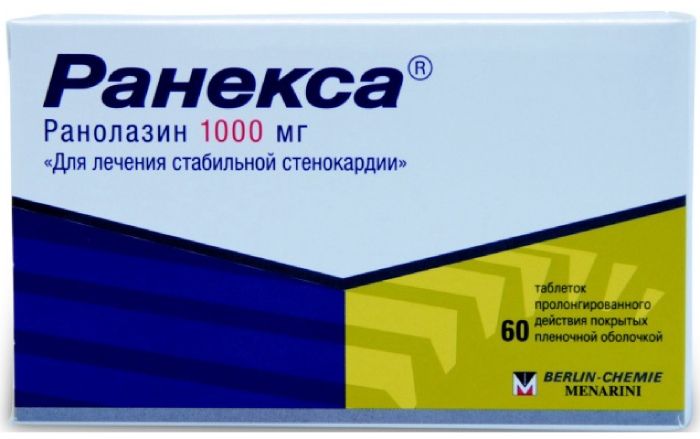

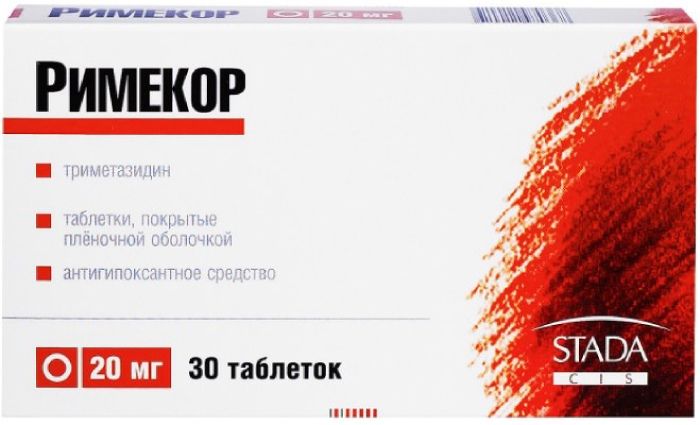
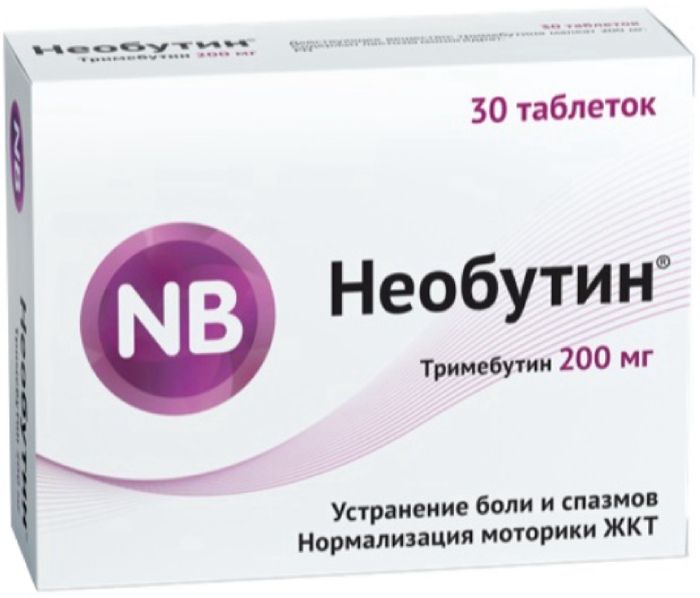
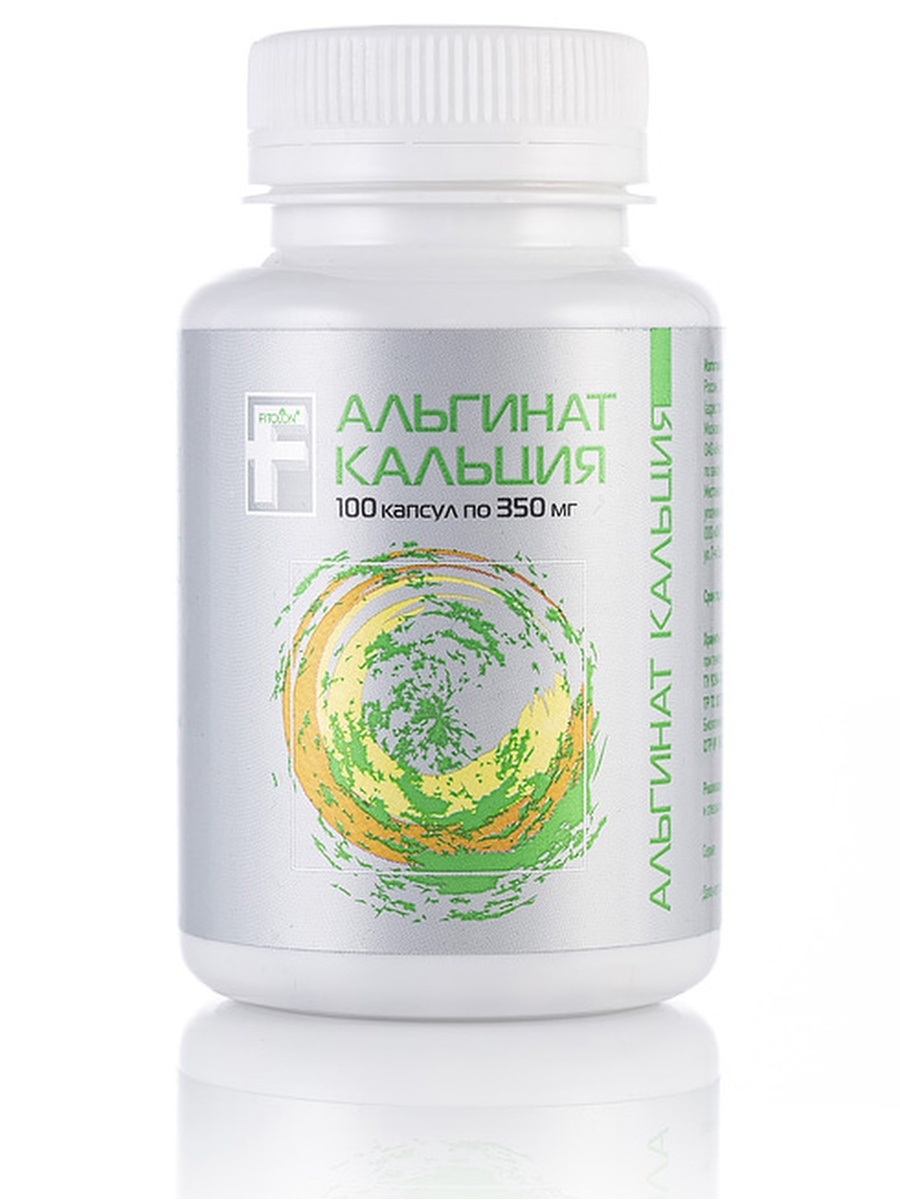
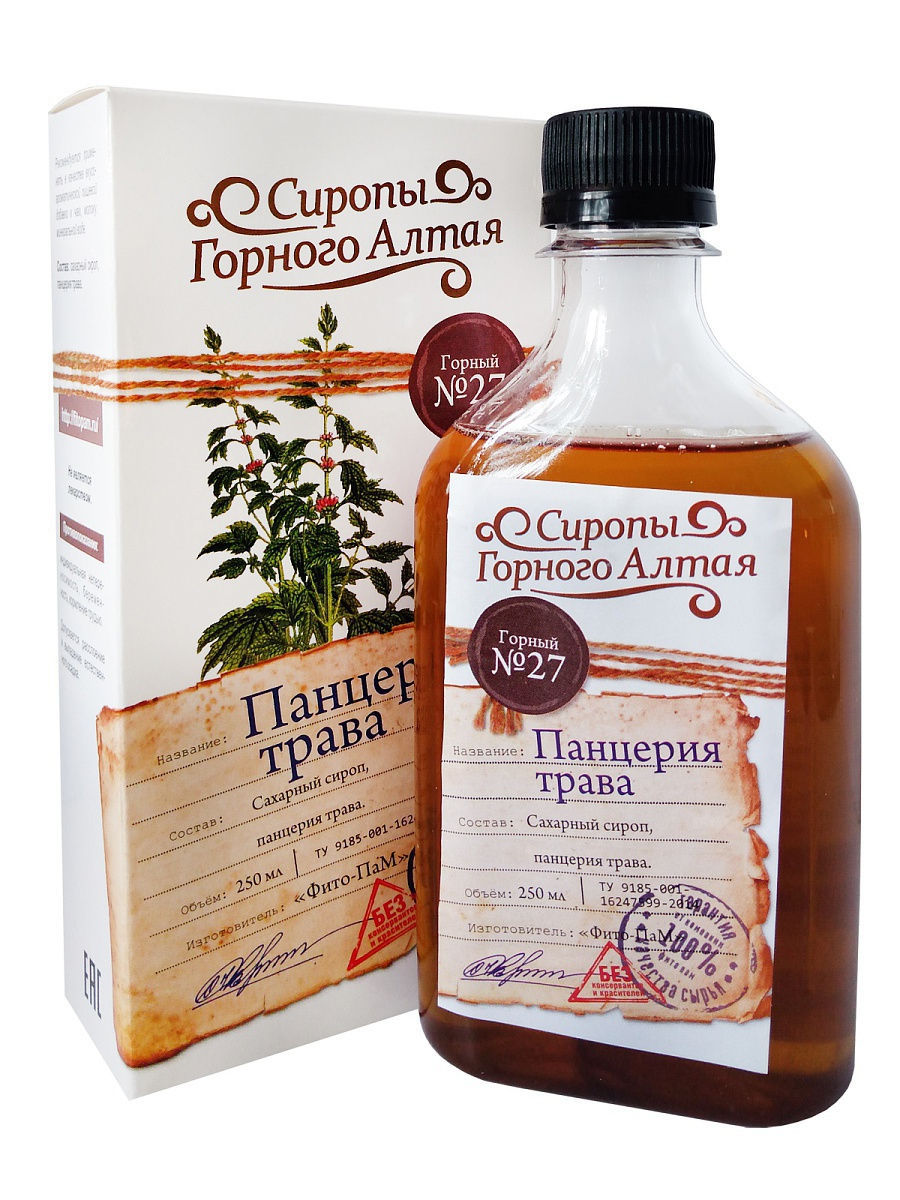
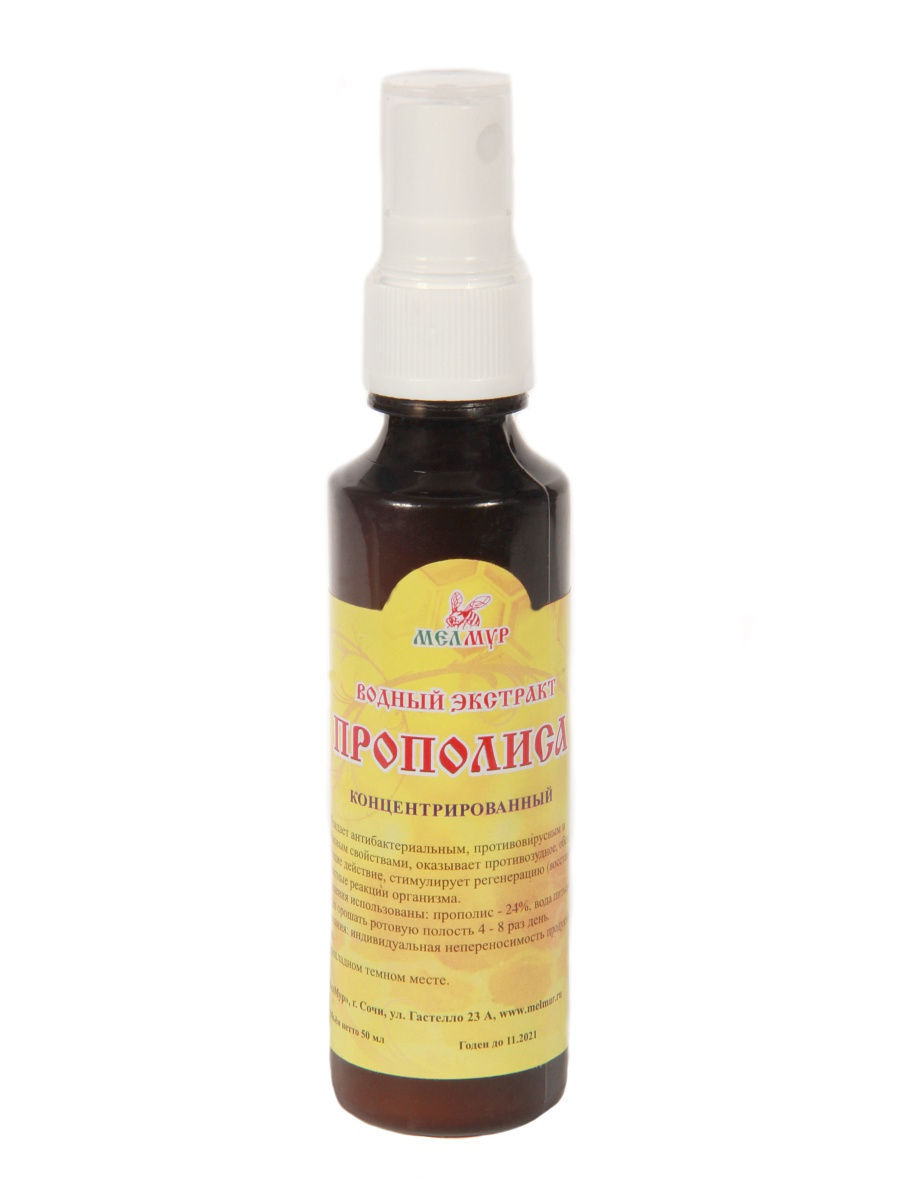
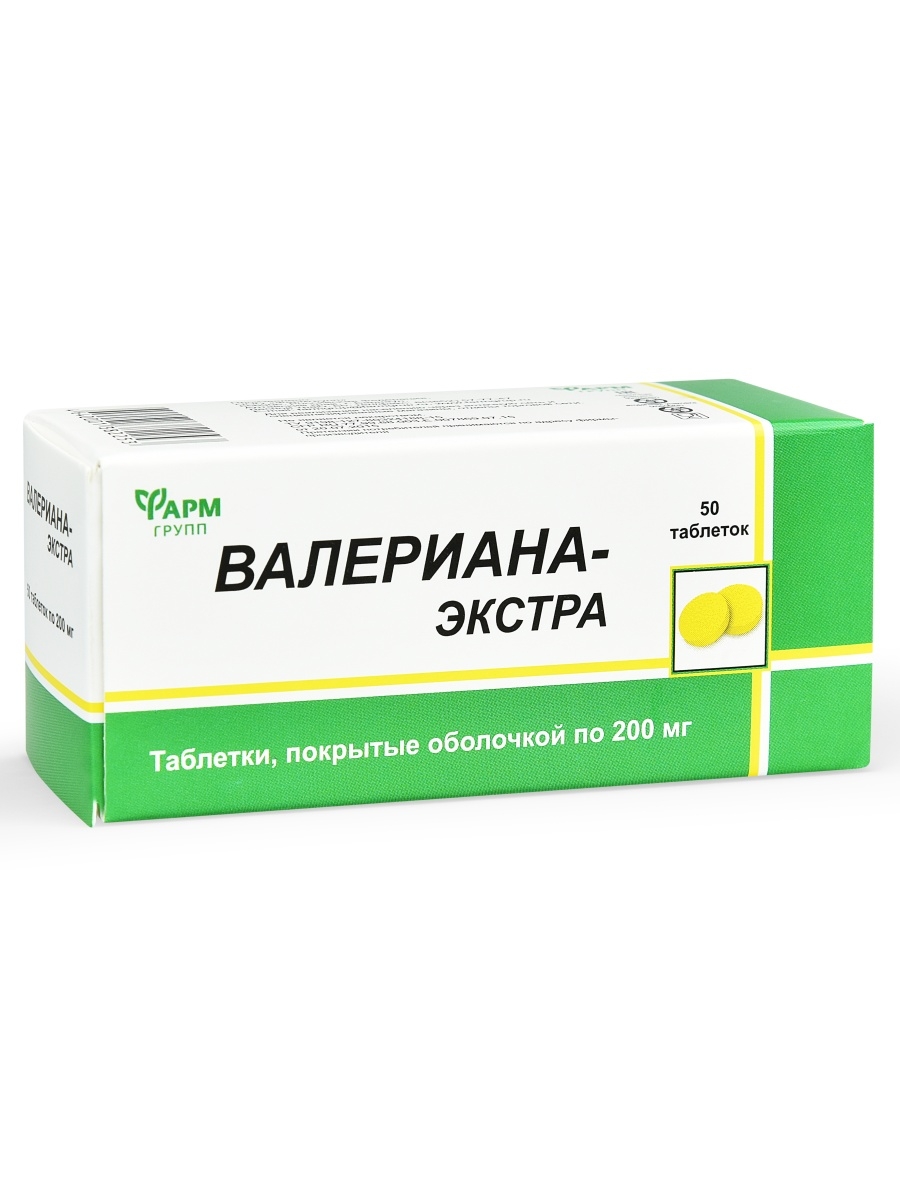
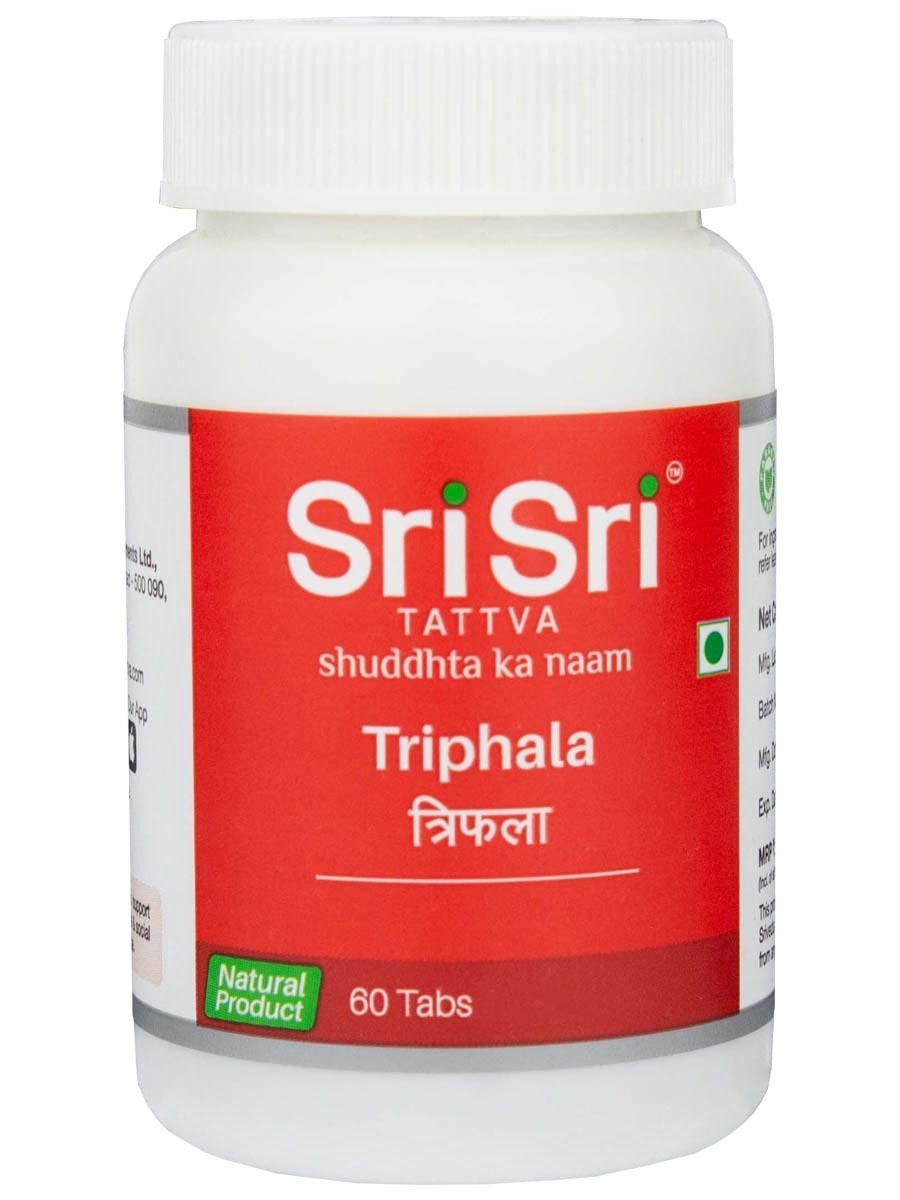




There are no reviews yet.